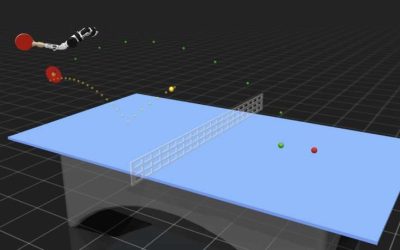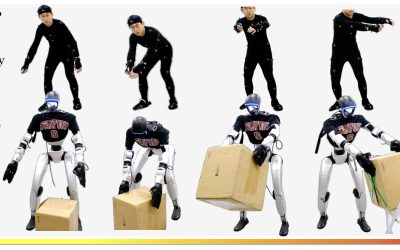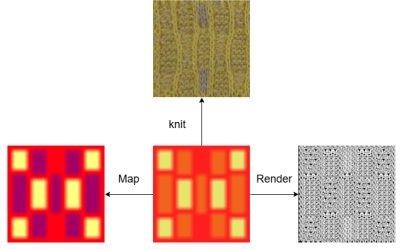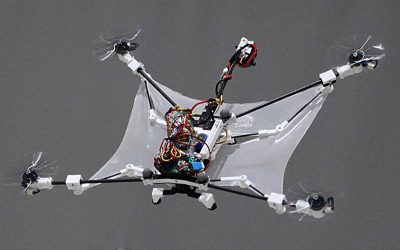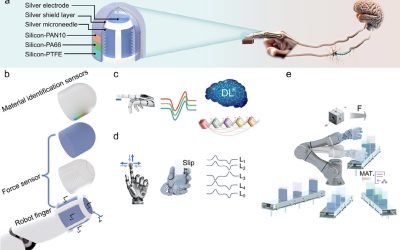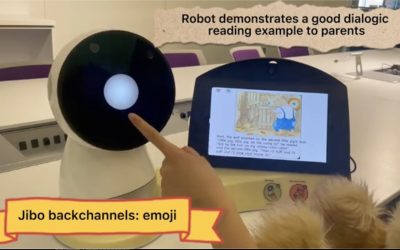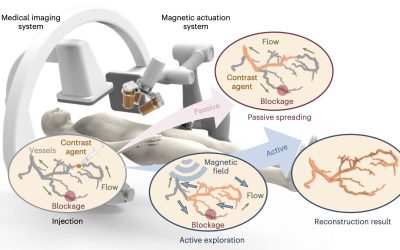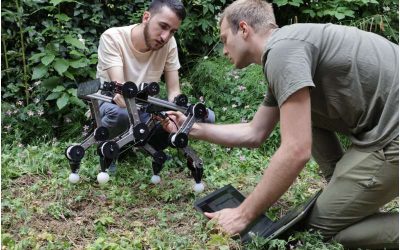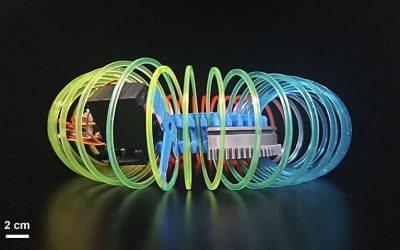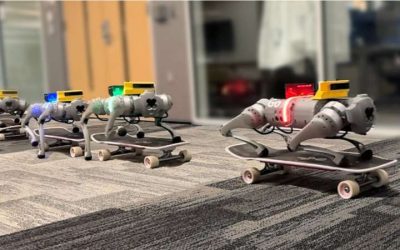Over the past decades, roboticists have introduced various systems that can replicate specific human motions and behaviors with remarkable accuracy. Some of these robots can even compete with other robots or humans in specific sports, such as the robots showcased at...
Robotics
Whole-body teleoperation system allows robots to perform coordinated tasks with human-like dexterity
The ability to remotely control robots in real-time, also known as teleoperation, could be useful for a broad range of real-world applications. In recent years, some engineers have been trying to develop teleoperation systems that allow users to guide the actions of...
System converts fabric images into complete machine-readable knitting instructions
Recent advances in robotics and machine learning have enabled the automation of many real-world tasks, including various manufacturing and industrial processes. Among other applications, robotic and artificial intelligence (AI) systems have been successfully used to...
Flying squirrel-inspired drone with foldable wings demonstrates high maneuverability
Unmanned aerial vehicles (UAVs), commonly known as drones, have already proved to be valuable tools for a wide range of applications, ranging from film and entertainment production to defense and security, agriculture, logistics, construction and environmental...
Finger-shaped tactile sensor advances robotic touch with multi-directional force detection and material identification
The development of increasingly sophisticated sensors can facilitate the advancement of various technologies, including robots, security systems, virtual reality (VR) equipment and sophisticated prosthetics. Multimodal tactile sensors, which can pick up different...
Conversation catalysts: Study shows English-speaking robots can enhance parent-child dialogue
Over the past decades, researchers have developed a wide range of advanced social and assistance robots that could soon be introduced into households worldwide. Understanding how the introduction of these systems might impact the lives of users and their interactions...
Magnetic microrobot swarm enables 3D imaging of vascular networks
Angiography is a widely used medical imaging technique that allows medical researchers and doctors to capture the vascular network (i.e., blood vessels) using contrast agents, substances that enhance the visibility of specific structures inside the body when exposed...
PAWS: Four-legged robot can reproduce animal movement with fewer actuators
Many of the robotic systems developed in the past decades are inspired by four-legged (i.e., quadruped) animals, such as dogs, cheetahs and horses. By replicating the agile movements of these animals, quadruped robots could move swiftly on the ground, crossing long...
Wheel-less helical ring-based soft robot can move reliably in all directions
Over the past decades, roboticists have introduced a wide range of systems that can move in various complex environments, including different terrains, on the ground, in the air, and even in water. To safely navigate real-world dynamic environments without colliding...
Legged robots skateboard successfully with reinforcement learning framework
Legged robots, which are often inspired by animals and insects, could help humans to complete various real-world tasks, for instance delivering parcels or monitoring specific environments. In recent years, computer scientists have created algorithms that allow these...

